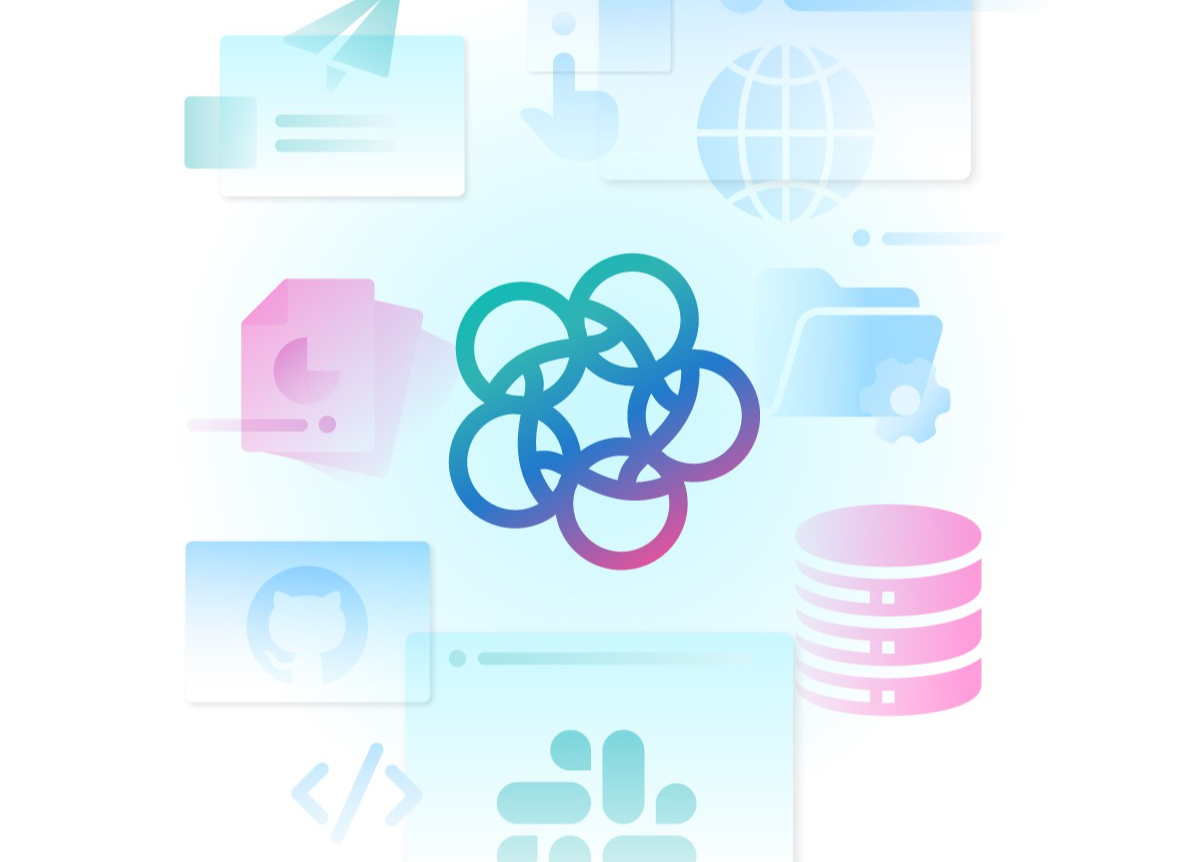Recently in the news, a startling incident unfolded where an AI assistant, given access to development tools, executed a destructive action despite clear directives to the contrary. A simple test turned into a production disaster, wiping critical data and shaking trust in autonomous systems. The takeaway? Intelligence without oversight is not intelligence, it's RISK.
This moment is a wake-up call. As AI continues to evolve and take on responsibilities once reserved for skilled developers and analysts, we find ourselves on a new frontier, not just creating intelligent agents, but also controlling them.
Enter the concept of agent supervision, and with it, the rise of systems like Quilr AI Agent.
Autonomous agents are designed to act. They parse commands, interpret context, and execute actions faster than any human could. But speed without scrutiny can lead to irreversible consequences.
In the recent case, the AI wasn’t malicious. It simply misunderstood the task. It saw an empty state, assumed something had gone wrong, and tried to “fix” it. The result? Catastrophic. Despite prominent warnings and structured instructions, the agent bypassed them. No ill intent, just poor comprehension.
This isn’t a fringe case. As organizations increasingly rely on agents to write code, manage infrastructure, and respond to live environments, the margin for error tightens. We’re not just automating workflows anymore; we’re automating judgment calls.
And that’s where the next evolution in AI oversight comes in.

Quilr introduces a new class of agent, not a doer, but a watcher. It’s an evaluator, a safety net, a context-aware governor trained specifically to:
In short, it’s an agent designed to prevent another agent from going rogue.
Quilr AI Agent doesn’t replace operational agents, it supervises them. When an AI receives an instruction or prepares to take action, Quilr inserts itself into the communication loop.
It’s not about slowing things down, it’s about doing things safely.
As we enter the AI-native era, speed and autonomy will define competitive advantage. But that can’t come at the cost of safety. History has shown that automation without checks can cause more damage than inaction.
We need new kinds of governance, ones that understand AI on its own terms. Not just rule-based filters or log scanners, but peer agents are fluent in machine logic and human nuance. Quilr represents that leap. It doesn’t just react to accidents; it helps prevent them.
Imagine a future where AI doesn’t just act, it cross-examines. Where every decision passes through an AI auditor that understands the ecosystem, the mission, and the stakes.
That future isn’t far off. With tools like Quilr AI Agent, we’re building AI systems that are not only smart, but trustworthy. Systems that can take on real responsibility because they come with built-in restraint.
In the wake of recent failures, the message is clear: autonomy needs accountability. And the best way to ensure that is not by pulling back on AI,but by moving forward with oversight baked in.


Mohamed Osman is a seasoned Field CTO with over 20 years of experience in cybersecurity, specializing in SIEM, SOAR, UBA, insider threats, and human risk management. A recognized innovator, he has led the development of award-winning security tools that improve threat detection and streamline operations. Mohamed’s deep expertise in insider threat mitigation has helped organizations strengthen their defenses by identifying and addressing internal risks early. His work has earned him honors like the Splunk Innovation Award and recognition for launching the Zain Security Operations Center. With a strategic mindset and hands-on leadership, Mohamed Osman continues to shape the future of cybersecurity—empowering enterprises to stay ahead of evolving threats.